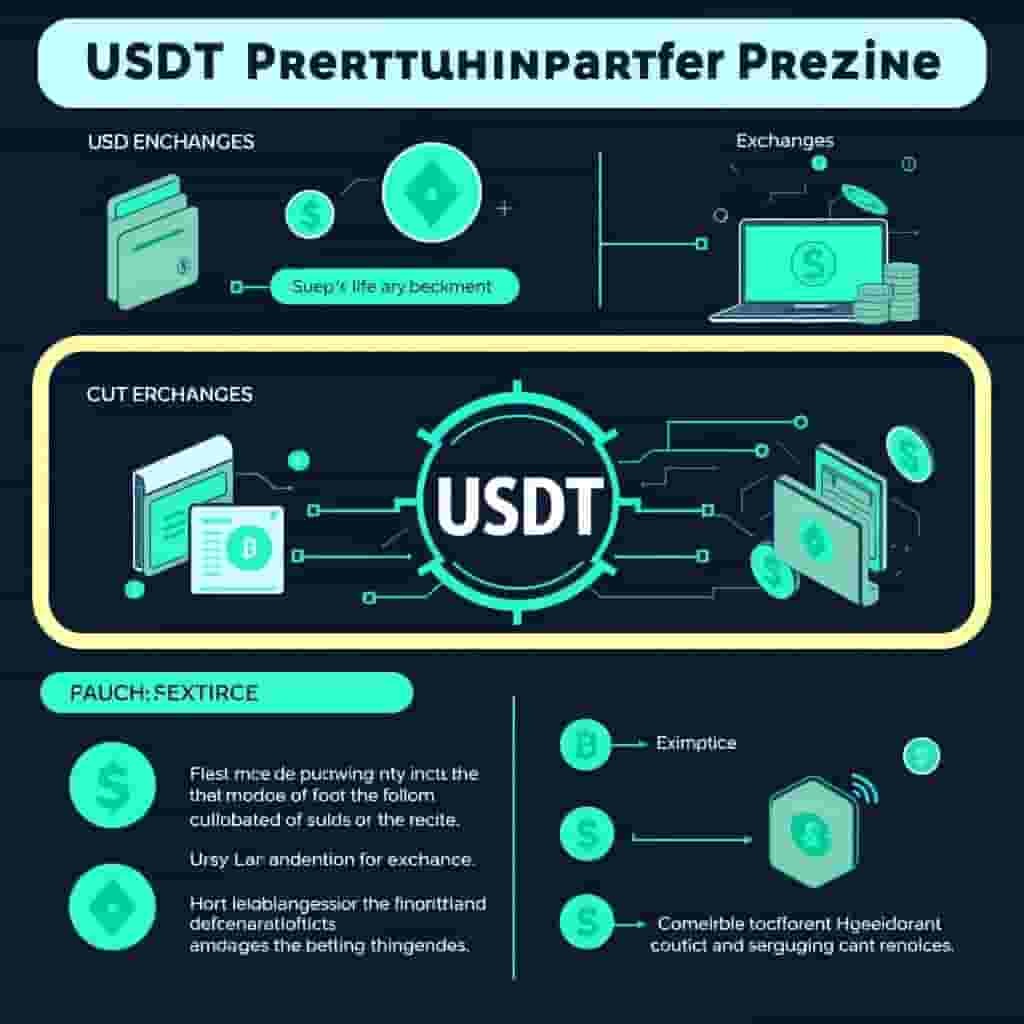Understanding Cryptocurrency Investment Standards in 2025
- 未命名
- 2025/10/02 07:21:35
- 0
What’s moving today: sectors & stocks snapshot
Example
A case study involves an investor who diversified their portfolio aCROss several cryptocurrencies including Bitcoin, Ethereum, and a lesser-known token with strong fundamentals but lower market capitalization. This strategy helped them weather market volatility while still achieving substantial gains over a two-year period.
Question
How can I stay updated on regulatory changes in the cryptocurrency space?
You can follow official websites of regulatory bodies like the SEC or CFTC, join cryptocurrency forums and communities where discussions about regulatory changes often take place, and subscribe to newsletters from reputable crypto news outlets.
Risk management you can actually use
- Risk per trade = account equity × risk% (e.g., 1%).
- Position size = risk per trade ÷ (entry − stop).
- Expectancy (E) = win_rate × avg_win − (1−win_rate) × avg_loss.
- Cap total portfolio risk; journal every trade.
A quick example
Account $10,000, risk 1% → $100 risk per trade. Entry $50, stop $48 → $2 risk/share → 50 shares. Target $54 (2R). If stopped, −$100; if target hits, +$200 (before costs).
How much capital do I need to start?
Use an amount you can afford to lose while learning a repeatable process.
How do I size positions?
Decide a fixed risk % per trade, then divide by the price distance to your stop.
How often should I review?
Match your timeframe: DAIly/weekly for swing; weekly/monthly for long-term.
What goes into my journal?
Thesis, entry/exit, risk (R), emotions, result, next improvement.
Sources & Signals (add before publish)
- Earnings or guidance: …
- Macro data or policy: …
- Sector flows: …
- Unusual volume/price action: …

